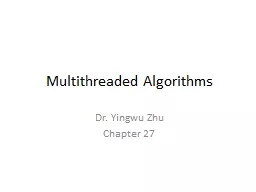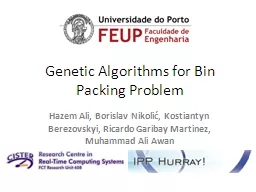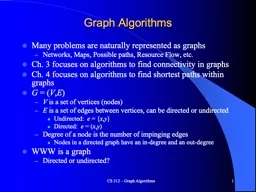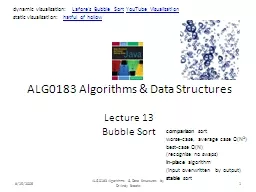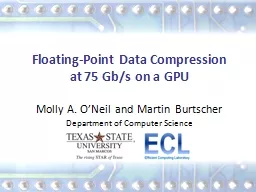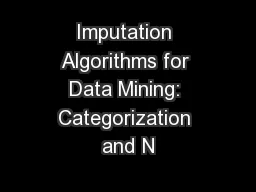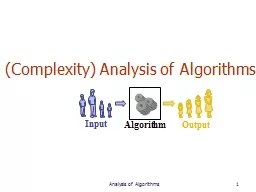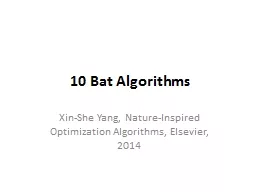PPT-Multithreaded Algorithms
Author : tatyana-admore | Published Date : 2018-03-17
Dr Yingwu Zhu Chapter 27 Motivation We have discussed serial algorithms that are suitable for running on a uniprocessor computer We will now extend our model to
Presentation Embed Code
Download Presentation
Download Presentation The PPT/PDF document "Multithreaded Algorithms" is the property of its rightful owner. Permission is granted to download and print the materials on this website for personal, non-commercial use only, and to display it on your personal computer provided you do not modify the materials and that you retain all copyright notices contained in the materials. By downloading content from our website, you accept the terms of this agreement.
Multithreaded Algorithms: Transcript
Download Rules Of Document
"Multithreaded Algorithms"The content belongs to its owner. You may download and print it for personal use, without modification, and keep all copyright notices. By downloading, you agree to these terms.
Related Documents

